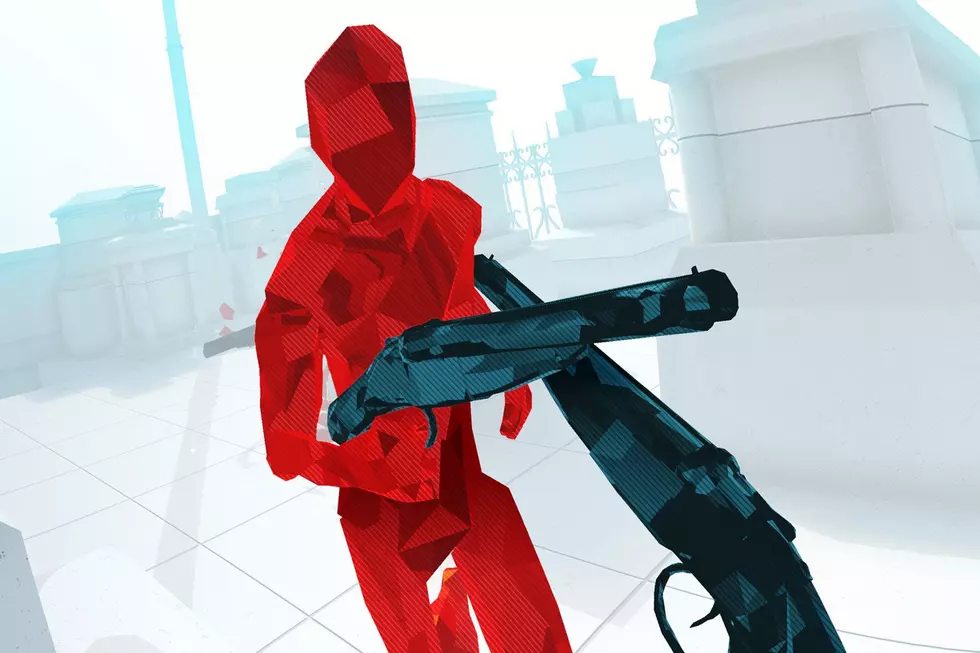
CounterSpy Review (PlayStation 3)
With a slick visual style and a smooth soundtrack that would fit right at home in a Steven Soderbergh film, CounterSpy feels like a love letter to the super spy movies of the sixties. At first, playing it will make you feel cool, collected, and altogether In Like Flinty, but eventually CounterSpy takes off its disguise to show its true self— and things are not what they seem.
Set during the dead chill of the cold war, a time where the United States and Russia were the bitterest of enemies, CounterSpy has you playing as a C.O.U.N.T.E.R agent. As a member of this worldwide (but seemingly underfunded) spy organization, it's your job to infiltrate both sides of the war, gathering intel and undoing their plans to blow up the moon, a plan each side believes will spite their enemies and have them emerging victorious. To do this you’ll slink around bases shooting and karate chopping guards, grabbing blueprints for new weapons and character upgrades that make you a stronger, more durable spy, and compete against the scores of other players. Each level is a fast, fleeting affair, great for quick couch sessions on a home console or for gaming on the go.
The lynchpin to this entire operation are the DEFCON counters representing just how close the United States and Russia are to saying, “Screw it!” and wiping everyone out. Play skillfully during each level, and the counter stays low. Play sloppily by letting a few too many guards call for help, or die one too many times, and the DEFCON counter increases for whichever side owns the base you’re snooping around in. Should this counter get too high, it will lead to a big ol' game over, forcing you to restart your (relatively short) playthrough. There are ways to decrease the DEFCON level, but many of them are tied up in one of CounterSpy's more interesting (and problematic) mechanics— randomization.
Each of CounterSpy's levels are randomly generated, with different layouts, enemy distributions, and rewards every time you load up the game. While this lends increased replayability in theory, in execution it leads to the levels feeling generic, along with some sections being artificially difficult due to poor randomization. Most stealth games are, at their cores, puzzlers which present players with a variety of solutions, but CounterSpy's randomized layouts rewards brute force over finesse. Typically, there's a single, obvious, optimal solution for every area, and that's that. If you want something more cerebrally challenging, look elsewhere.
CounterSpy's controls are tight and responsive; it’s easy to dodge gunfire, hop up onto a catwalk to sneak up on a guard, or pop behind the numerous cover points scattered throughout each level and fire off a string of stealthy headshots before the rest of your opposition knows what’s going on. CounterSpy’s graphical style unique and distinctive, and its soundtrack pulls you into the sixties' super spy era. Since the game is relatively short, there’s not much writing, but what is there is sharp, frequently funny stuff that’s not above making fun of itself. The gameplay, while solid enough, lacks the elegance of other stealth games, and the randomization ends up being more of a detractor than a benefit.
CounterSpy's a decent entry point for players who are inexperienced with more complex stealth games, but ultimately feels less like tactical-espionage-action and more like tactical-shoot-everything-in-the-face-action.
This review was completed based on a purchased digital copy of CounterSpy for Playstation 3.
More From Arcade Sushi










